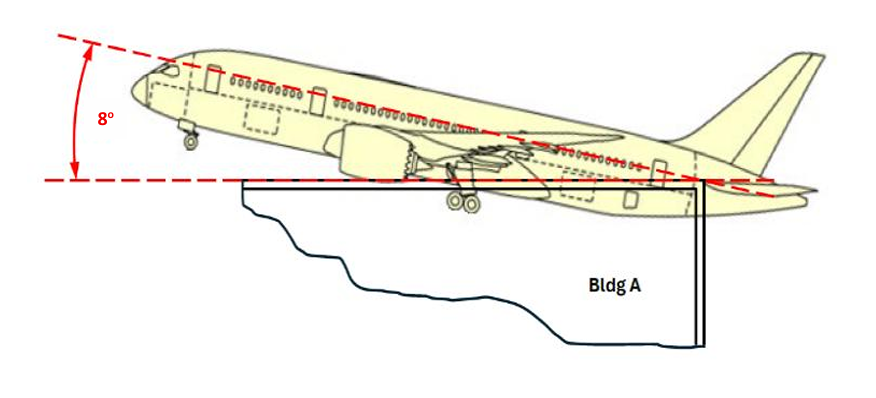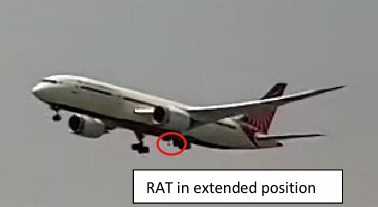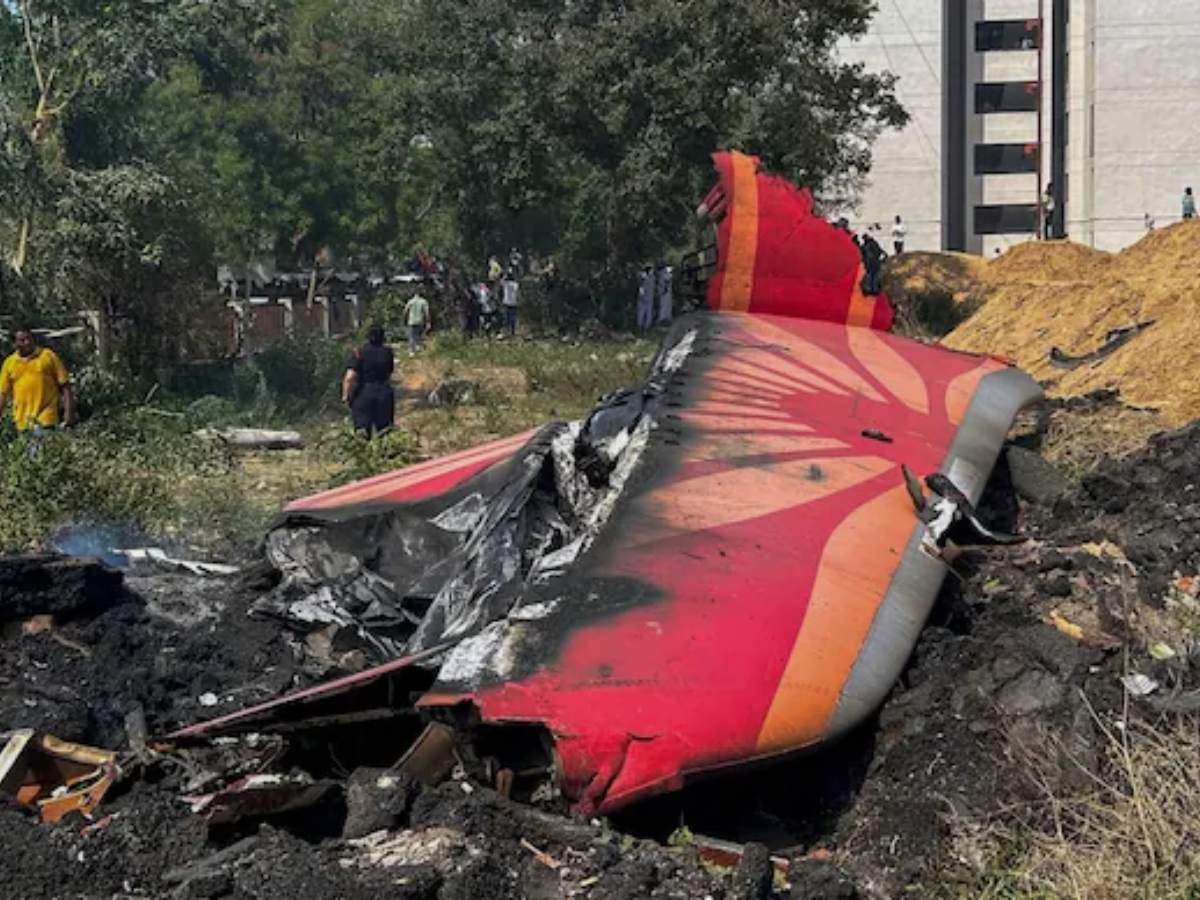The Air India crash in Ahmedabad on June 12, 2025, stands as one of the darkest moments in India’s aviation history.
Flight AI171, a Boeing 787 Dreamliner, crashed into a hostel building just seconds after takeoff, leaving 241 people dead onboard and 19 more killed on the ground. Only one person survived.
The preliminary report released by the Aircraft Accident Investigation Bureau (AAIB), the timeline of those harrowing moments, and the technical mysteries that remain are coming into focus.
Here’s The Full Timeline Of The AI171 Disaster
At 07:48:38 UTC, Air India 171 began pushback from Bay 34 at Ahmedabad’s Sardar Vallabhbhai Patel International Airport, set for London Gatwick. Onboard: 230 passengers, 12 crew, including two infants.
* 07:55:15 UTC – Crew gets taxi clearance.
* 07:56:08 UTC – The Dreamliner starts moving via Taxiway R4 toward Runway 23.
* 08:02:12 UTC – After lining up on Runway 23, pre-takeoff checks are completed.
* 08:02:25 UTC – ATC gives the green light for takeoff.
The 787-8’s takeoff weight was listed at 213,401 kg, safely under the max allowed. Fuel reserves: 54,200 kg. The cargo manifest showed nothing hazardous.

Takeoff and Catastrophic Engine Failure
At 08:02:45 UTC, the Boeing 787 began its takeoff roll. By 08:03:10 UTC, it lifted off and started climbing. That’s when everything unravelled.
Investigators discovered both engines lost thrust almost simultaneously, within seconds of getting airborne. Black box data traced the problem to the fuel cutoff switches, which flicked from RUN to CUTOFF almost instantly—the sort of rapid-fire failure that leaves no time for recovery.
Cockpit audio captured the moment: one pilot asks, “Why did you cut off?”—the other responds, “I didn’t.” The exchange points to a mechanical or electronic failure, as opposed to pilot error. The confusion in those voices says it all: something in the system failed, fast and without warning.
Emergency Procedures: Ram Air Turbine and Engine Relight
When power disappeared, the Dreamliner’s Ram Air Turbine (RAT) dropped automatically—a small propeller that kicks in to provide emergency hydraulic and electrical power. Airport CCTV footage caught the RAT spinning as the aircraft struggled overhead.
The pilots fought to relight the engines:
* Engine 1 flickered, then showed partial signs of life.
* Engine 2, dead—no response at all.
At 08:03:42 UTC—just 32 seconds after liftoff—AI171 ploughed into a hostel building less than a nautical mile from the runway.
* 241 out of 242 people onboard perished (that includes both infants).
* One survivor was pulled from the wreckage, badly injured.
* 19 people on the ground lost their lives as the hostel was fully occupied.
The total death toll hit 260, making this the deadliest aviation disaster in India since the 1996 Charkhi Dadri collision.

Key Findings From the Preliminary Report
Wreckage analysis turned up something troubling: the thrust levers in the cockpit were found at idle, but flight data shows the engines were running at takeoff power right until the loss of thrust. This points to a possible mechanical disconnect or an electronic malfunction—somewhere between what the pilots commanded and what the engines actually did.
* Fuel samples came back clean—no sign of contamination or fueling mistakes.
* Flaps were set at 5°, landing gear was down, exactly as it should be for takeoff.
* Weather was a non-issue: clear skies, light winds, good visibility, no birds.
Both pilots were healthy, well-rested, and highly experienced with the Boeing 787. Investigators found no evidence of fatigue, medical issues, or procedural errors.
What Happens Next?
With the initial report, the focus now turns to a deeper analysis of the Boeing 787’s engine and control systems. Experts are poring over the black boxes, maintenance records, and every scrap of data to find out how a modern jet could lose both engines seconds after takeoff.
So, buried in the report, there’s this glaring bit: the FAA flagged a possible issue with the Dreamliner’s fuel cutoff switch months ago. Air India, for reasons best known to them, skipped the recommended checks.
ALSO READ: Ahmedabad Air India Plane Crash: Here Are 10 Key Takeaways From The Prelim Report Released By AAIB







